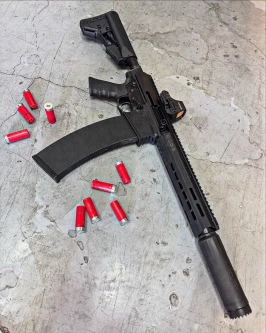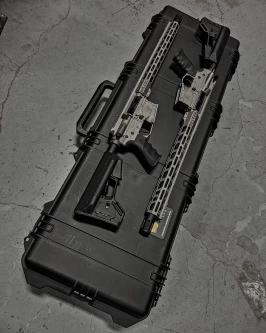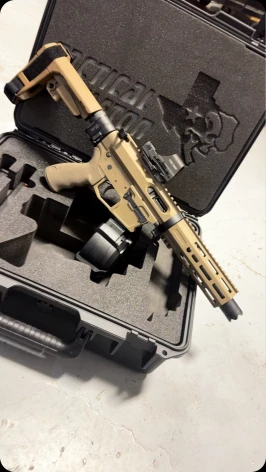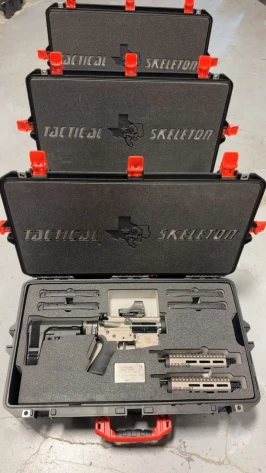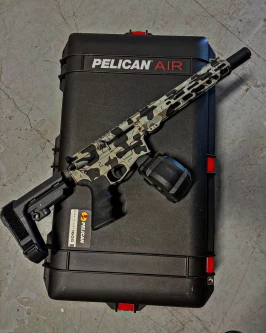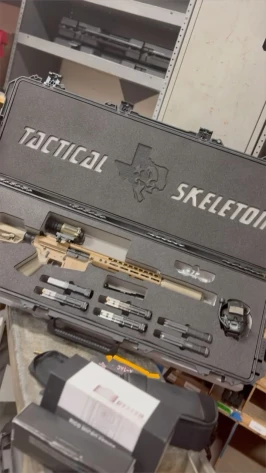When it comes to selecting a rifle scope, one of the most important considerations is whether to choose a first focal plane (FFP) or a second focal plane (SFP) reticle. Understanding the difference between these two types of scopes can greatly impact accuracy and ease of use in different shooting scenarios.
The main difference between FFP and SFP reticles is where the reticle is placed in relation to the scope’s zoom lens. In an SFP scope, the reticle is located behind the zoom lens, meaning that the reticle appears to remain the same size, regardless of the zoom level. In contrast, an FFP scope has the reticle located in front of the zoom lens, meaning that the reticle appears to change size relative to the target as the shooter adjusts the magnification.
One of the key advantages of an FFP scope is that the reticle size changes proportionally to the magnification, allowing the shooter to more accurately calculate the range and holdover required for a shot. This means that the same reticle can be used at all magnification levels, making it ideal for long-range shooting or when quick calculations are needed in fast-paced situations. For example, if a shooter using an FFP scope has a reticle that is calibrated for a specific distance at a particular magnification, the reticle will remain calibrated at any other magnification level.
On the other hand, an SFP scope is typically simpler to use and can be more intuitive for those who are new to shooting. The reticle remains the same size throughout the magnification range, making it easier to identify and aim at a target. This makes it ideal for use in situations where speed and quick target acquisition are important, such as hunting or close-range shooting.
Another factor to consider when choosing between FFP and SFP scopes is the price. FFP scopes tend to be more expensive than SFP scopes because they require more complex optics and additional engineering to achieve a consistent reticle size. As a result, SFP scopes are often a more affordable option for those who want to invest in a quality scope but have a limited budget.
In conclusion, both FFP and SFP scopes have their own advantages and disadvantages. FFP scopes offer a more accurate and versatile reticle, making them ideal for long-range shooting and competitive shooting. SFP scopes, on the other hand, are easier to use and more intuitive for new shooters, making them ideal for hunting and other fast-paced situations. The choice between FFP and SFP ultimately depends on personal preference, the intended use of the scope, and budget. It is important to understand the differences between these two types of scopes to make an informed decision and ensure maximum accuracy and success in shooting.
